It has become the norm that when we travel from state to state we must factor in time zone changes and that there is a Sunday in the spring and in the fall when we change our clocks for Daylight Saving Time, but time has not always been this way.
The Concept of Time
Before the late 1800s, each town kept its own time, with noon determined by when the sun was at its peak. But with the sun rising and setting at different points in each town, the clocks in New York City showed a different time than in Washington D.C. With local time changing from place to place, communication, trade, and travel
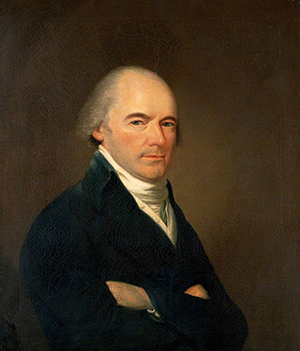
The idea of time zones is accredited to Dr. William Hyde Wollaston but became more popular in Britain during the 1800s due to Abraham Follet Osler. His work led to the creation of the Greenwich Observatory MeanTime standard, known as GMT, which led to the creation of time zones beyond the meridian in Greenwich, London (HuffPost).
Standard Time in the U.S.
The history of standard time in the U.S. started in 1809 when William Lambert proposed time zones to Congress. Charles Dowd tried again in 1870 and 1872, but each proposal was rejected.
The popularity of travel and trade by railroad motivated the acceptance of a universal time standard. Because it was a different time in each town, railroad schedules were messy. In 1875, the railroad companies recognized seventy-five different local time standards. This was not only annoying to passengers but dangerous. Several trains shared single tracks and many crashes could have been adverted with organized time standards.
On noon on November 18th, 1883, a time system was developed with four times zones: Eastern, Central, Mountain, and Pacific. It was adopted by much of the country, but there were exceptions.
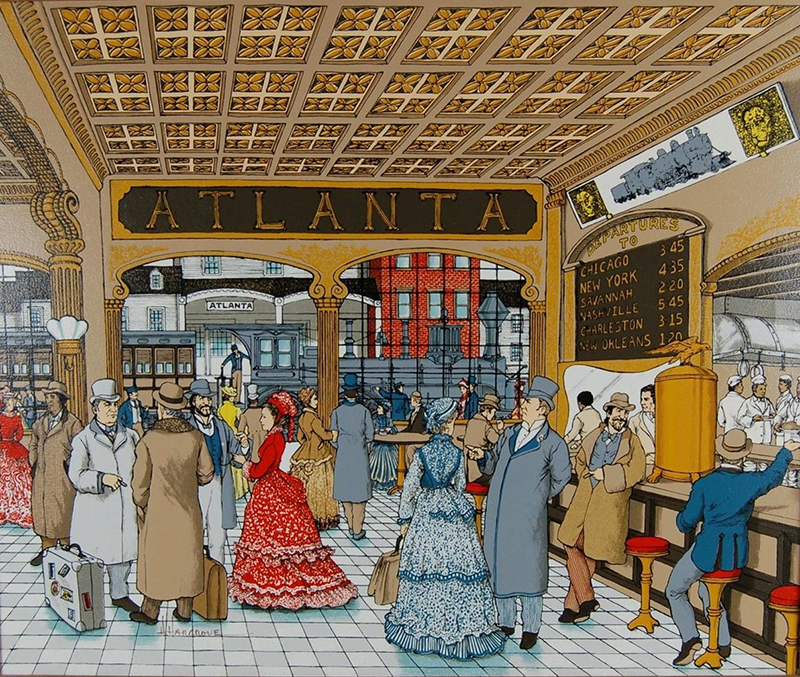
Detroit used
Universal time standards didn’t become a law until 1918 whenthe U.S. Congress passed the Standard Time Act.
Daylight Saving Time
While time zones were being debated, another change on how we experience time was in the making.
The idea of Daylight Saving Time was first proposed by the entomologist George Hudson from New Zealand because he wanted more time duringthe day to search for insects. Seven years later, Englishman William Willett led a campaign in 1907 to make use of more sunshine in the summer months. He campaigned with no success at the British Parliament until 1915 when he died.
Germany was the first country to establish Daylight Saving Time a year after Willett passed away. It was used to conserve energy during World War One. The United Kingdom followed suit weeks later, and the U.S.implemented it in 1918 (National Geographic).
Urban retailers benefited by paying for less artificial light during the day, but agricultural workers lost time on the fields. Daylight Saving Time was repealed, re-established during WWII, and repealed again after the war. In 1966, the Uniform Time Act calmed what TimeMagazine called the “chaos of the clocks” by standardizing Daylight Saving Time.
The Power of Time
The concept of time seems so concrete to us now, but many people fought the systems of time we hold today.
Cotton workers in Bombay rioted against universal standard time in 1906. Called the “Battle of the Clocks”, they saw the change from local time to the Indian Standard Time as another instance of British rule crushing Indian traditions.
Detroiters rebelled against standard time because they perceived exact time to be “dehumanizing”.
Daylight Saving Time had many critics. While it was said the intention was to conserve electricity, many felt it was a way to steal extra hours from agricultural workers. Other felt the government was gaining too much control and was trying to play God.
No matter the reasons, the implementation of time zones and Daylight Saving Time shapes how we live today.
What were women wearing when standard time became the norm? Here are
Written by Faith Briggs.

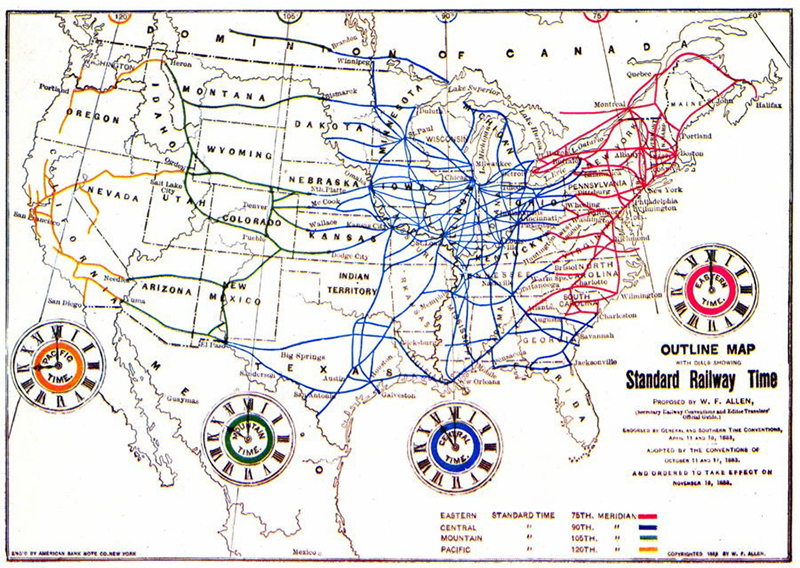
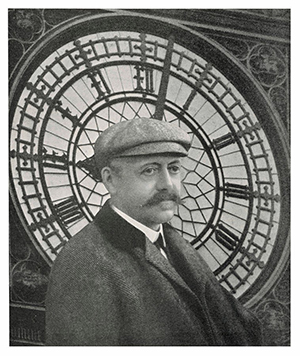
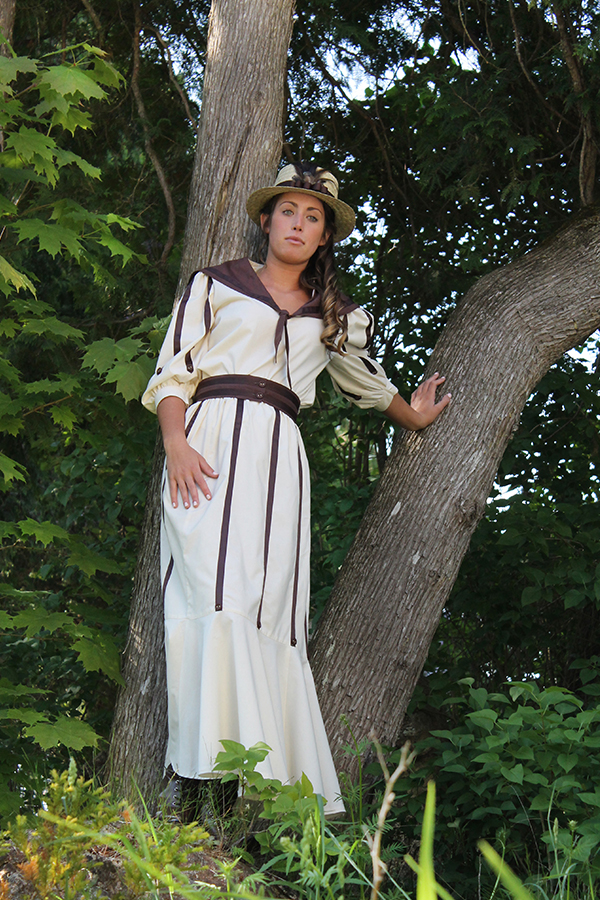
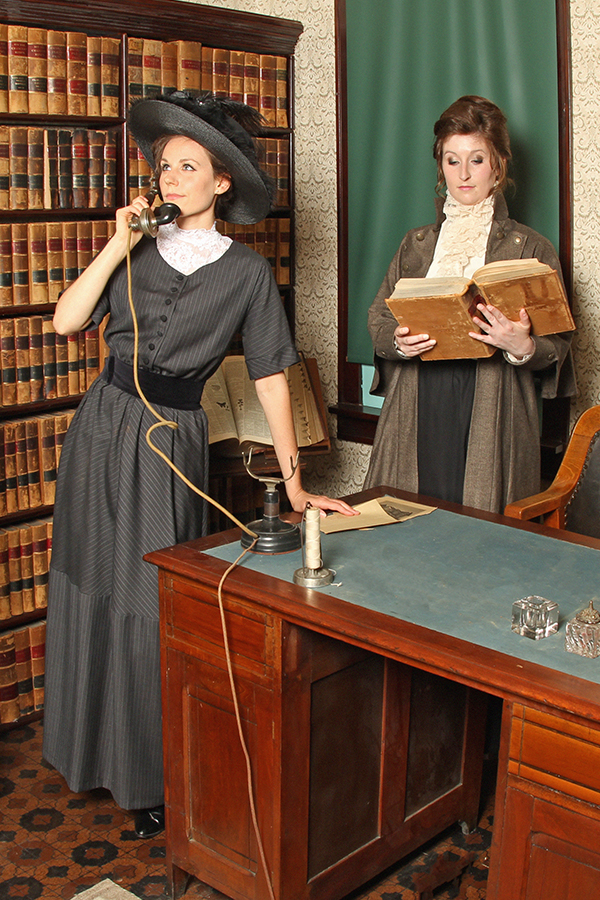











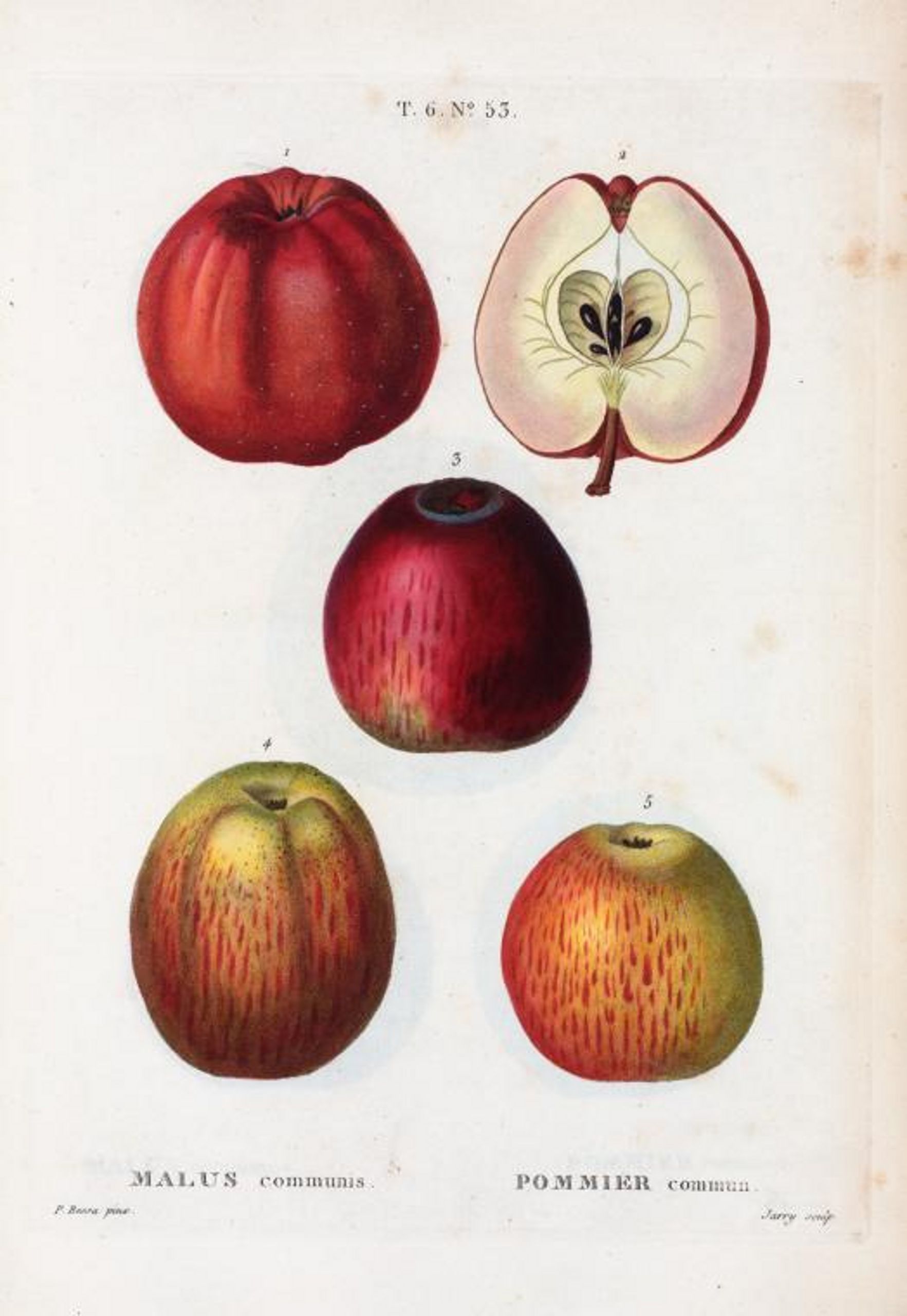
Leave A Comment